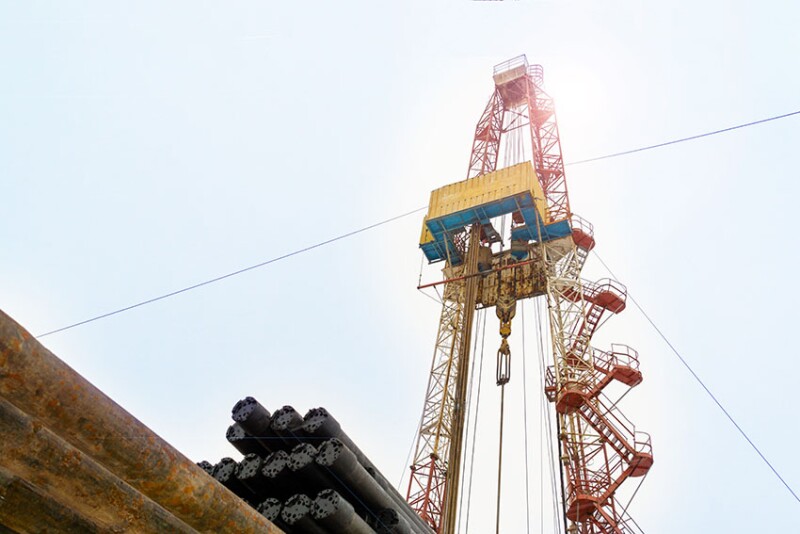Advances in the properties of ordinary Portland cement (OPC) and new materials have shifted the focus of research and development toward sealing capability of plugging materials at interfaces between the material and its adjacent medium. The objective of the complete paper is to outline the importance of new standards for studying hydraulic sealability of barrier materials, with emphasis on interface analysis. The authors conclude that it would be highly beneficial for current standards to be updated to include sealability analysis and the updated standards be implemented for new and alternative materials such as geopolymers, settled barite, and metal alloys.
Introduction
Extensive research and characterization of the shear bond between cement and the adjacent medium, particularly in cases where the adjacent medium is the casing, have been rigorously conducted. Despite comprehensive research efforts and engineering undertakings concerning the study of the shear bond and hydraulic sealability of solidified cement, however, the absence of standardized testing protocols remains conspicuous.


